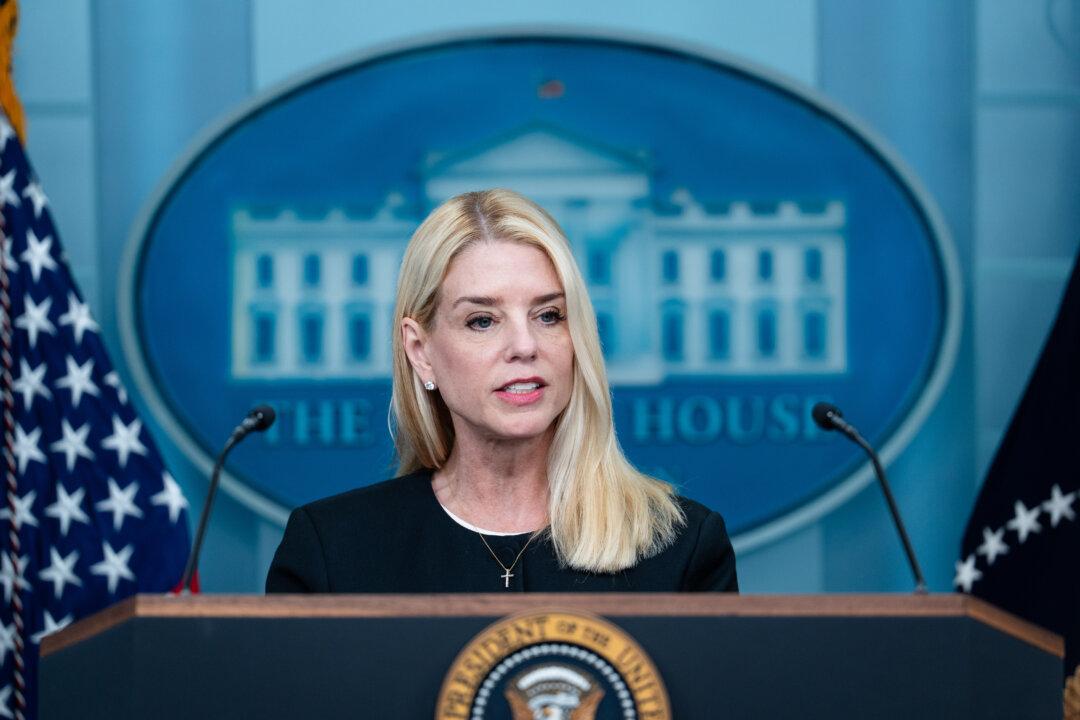The Labor Department said Friday that, as efforts to contain the pandemic forced businesses to close across the United States, 43 states set record-high levels of unemployment last month.
Unemployment rates rose and total employment fell in all 50 states and Washington in April, the department’s Bureau of Labor Statistics said in a release (pdf). The 43 states that set new unemployment rate records can be found in Table A of the linked document.





